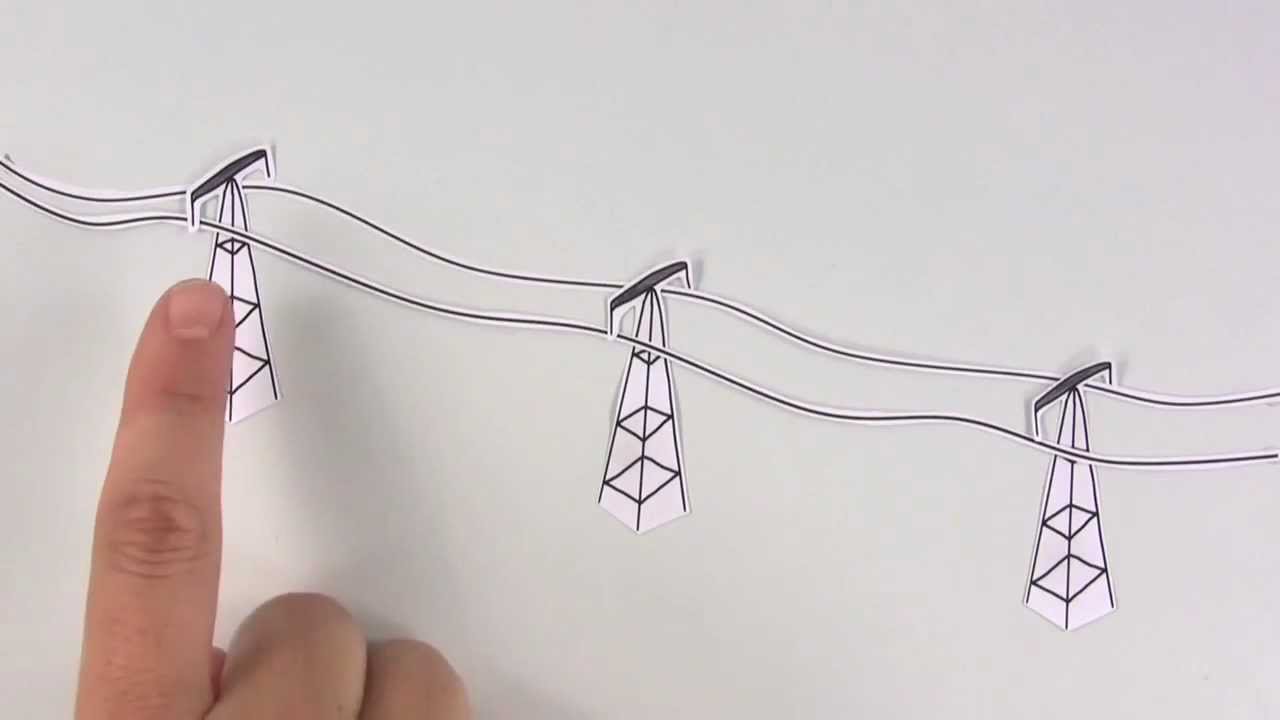
Revolutionizing Education with Smart Grids is a concept that holds immense potential for transforming the way we approach learning and teaching in the modern world. As we delve into the intricacies of how smart grids work and their role in education, we uncover a plethora of opportunities to enhance the educational experience for students and educators alike.
Smart grids are sophisticated systems that integrate advanced technologies to manage electricity supply efficiently. These grids utilize digital communication technologies to monitor and control power flows, enabling a more dynamic and responsive electricity network. By incorporating sensors, meters, and other devices, smart grids can gather real-time data on energy consumption and adjust operations accordingly.
The integration of smart grid technology in educational institutions can revolutionize the way students learn about energy, sustainability, and technology. By incorporating smart grid concepts into the curriculum, students can gain a deeper understanding of the interconnected nature of energy systems and the importance of efficient resource management.
Smart grids also offer practical benefits for educational institutions, such as cost savings through energy efficiency measures and opportunities for research and innovation in the field of energy management. By embracing smart grid technology, schools and universities can create sustainable learning environments that empower students to become future leaders in the energy sector.
While the potential of smart grids in education is vast, there are also challenges that need to be addressed. These include the initial costs of implementing smart grid infrastructure, the need for specialized training for educators, and the importance of data security and privacy in an increasingly connected world.
By addressing these challenges proactively, educational institutions can harness the full potential of smart grids to create innovative learning environments that prepare students for the challenges and opportunities of the future.
As we look ahead, the integration of smart grid technology in education holds the promise of transforming traditional learning models and fostering a culture of sustainability and innovation. By embracing smart grids, educational institutions can pave the way for a brighter and more sustainable future for generations to come.
In conclusion, the revolutionization of education with smart grids represents a paradigm shift in the way we approach teaching and learning. By leveraging the power of smart grid technology, we can empower students to become informed global citizens who are equipped to tackle the challenges of the 21st century and beyond.